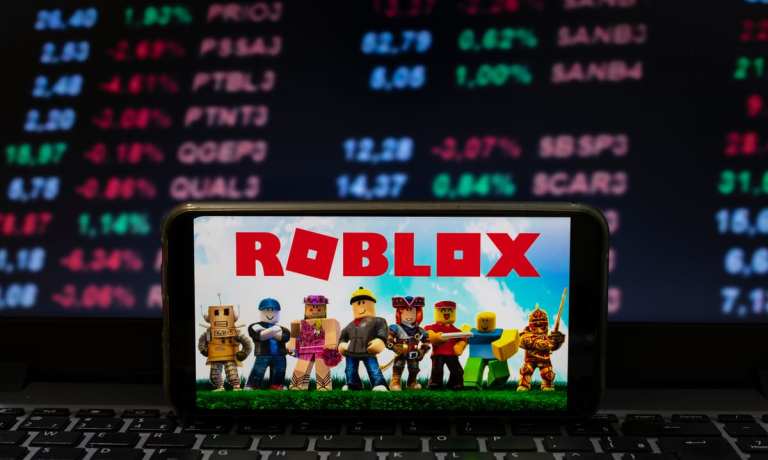
Now that’s a lot of bucks. Robux and real bucks.
You know, by now, that Roblox, the video game platform, went public this week in a dizzying debut that gave the firm a market capitalization of $38 billion in its first day of trading.
But beyond the billions of dollars in market cap, and beyond the hundreds of millions of users, lies a case study in how to build an ecosystem, by way of online platform.
PYMNTS readers are no strangers to the concept of how a platform can bring together communities, and can offer horizontal goods and services across a continuum of interactions that keep customers coming back for more — in effect, creating sticky relationships.
What’s more an ecosystem than a universe?
Welcome To Metaverse
Or in this case, in the digital age, a metaverse.
As CNBC noted this week, the metaverse is a digital construct where any number of players gather, play games, work together, build worlds, and even spend Robux currency (Robux, notes this writer, who has two kids under the age of 14 who are rabid Robloxers, cost real money).
Players are assigned avatars, and can customize them. Thereafter what you do and how you do it can span any number of different games, creations, interactions and events, all fashioned by the users themselves.
Delving into the company’s S-1 filing with the SEC, “Our platform is powered by user-generated content and draws inspiration from gaming, entertainment, social media, and even toys. Some refer to our category as the metaverse, a term often used to describe the concept of persistent, shared, 3D virtual spaces in a virtual universe,” Roblox said. “With the advent of increasingly powerful consumer computing devices, cloud computing, and high bandwidth internet connections, the concept of the metaverse is materializing.”
In terms of how it all gets done, Roblox explains that “our Roblox human co-experience platform consists of the Roblox Client, the Roblox Studio, and the Roblox Cloud. Roblox Client is the application that allows users to explore 3D digital worlds. Roblox Studio is the toolset that allows developers and creators to build, publish, and operate 3D experiences and other content accessed with the Roblox Client. Roblox Cloud includes the services and infrastructure that power our human co-experience platform.” Users interact with friends — some of them from the real world, others encountered only in the digital realm.
The interconnectivity reminds us of the different silos of experiences and cross-functionality that exist on platforms such as, well, Uber, where someone who ride-hails may indeed be someone who pivots and uses Uber Eats.
As for the commerce opportunities — and what we might term embedded payments — the games are free, but then within those games, users can spend those Robux to make transactions within the games themselves.
In the meantime, as has been noted in the S-1 filing, “developers and creators earn Robux by building engaging experiences and compelling items that users want to purchase,” which they can then “convert back into real-world currency.”
Sound like, in a way, what bitcoin wants to be.
We’re being a bit tongue in cheek, of course, but consider the numbers the platform has amassed. Users have spent 22 billion hours on the platform, and there are 31 million daily playing and paying individuals logging on and shaping the multiverse, and there are 1 million developers as part of the ecosystem too.
In a column two years ago, Karen Webster wrote that platforms wield power and create economic opportunity “when they morph from focusing only on adding more features to their core businesses to using their core platform assets to identify and ignite new business value for others.”
Sounds like a textbook case of a platform — where worlds can be forged.